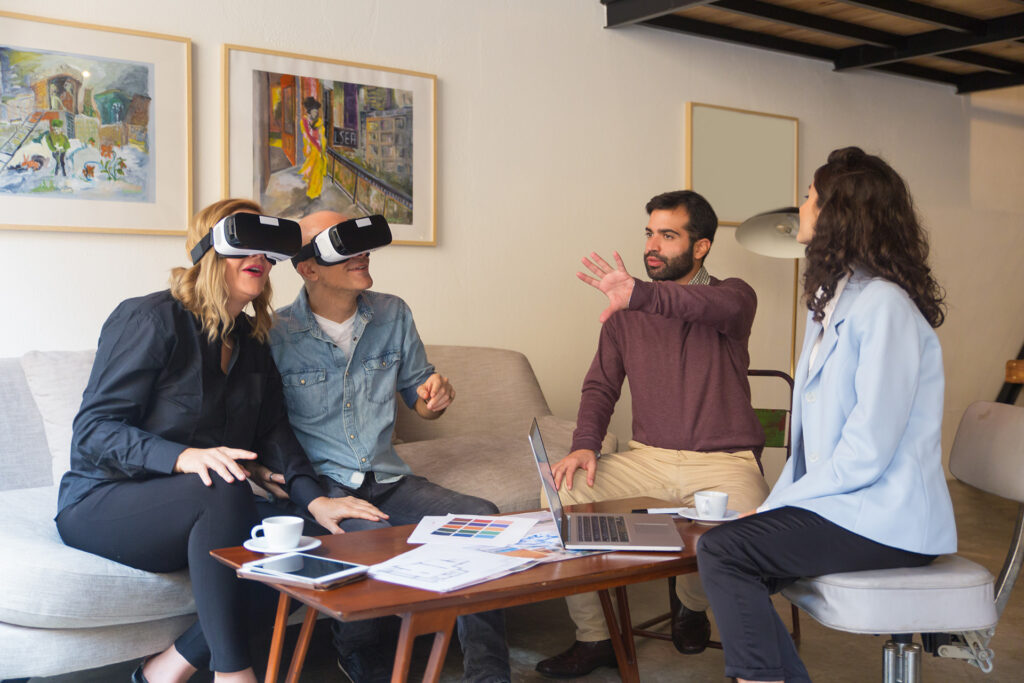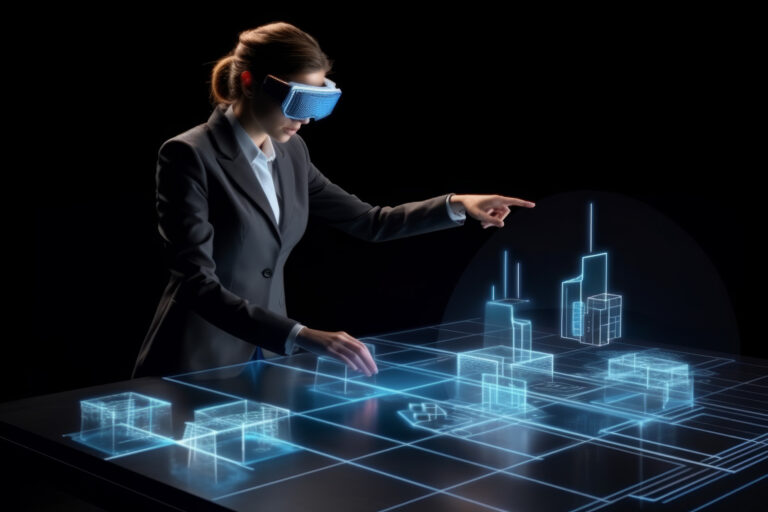
Virtual Reality and Augmented Reality in Architecture
Virtual Reality (VR) and Augmented Reality (AR), as two emerging technologies, have created significant transformations in the field of architecture. These technologies enable more effective design, visualization, and communication with clients and stakeholders. This article explores the role and applications of these technologies in architecture.
Virtual Reality in Architecture
Virtual Reality is a digital, three-dimensional environment in which users can fully immerse themselves and interact. In the architecture industry, VR addresses various aspects:
– Comprehensive Visualization: Architects and clients can virtually explore the designed building.
– Design Testing: Lighting, materials, and spatial arrangements can be evaluated and refined.
– Enhanced Client Communication: Viewing a design in a realistic manner aids in improving client understanding.
Augmented Reality in Architecture
Augmented Reality is a tool for integrating virtual elements with the real environment. This technology plays a crucial role in presenting and implementing architectural studies:
– Displaying Enhanced Models: Architects can showcase three-dimensional models in a real environment.
– Improved Presentations: Presenting designs with interactive visuals and virtual materials enhances their impact.
– Execution Evaluation: Designs can be observed realistically in their intended location.
Conclusion
The integration of Virtual Reality and Augmented Reality in architecture not only accelerates the design and execution processes but also makes them more intuitive and comprehensible. Additionally, these technologies lead to improved quality and the realization of innovative ideas. They offer a bright future for the architecture industry.


No comments yet.